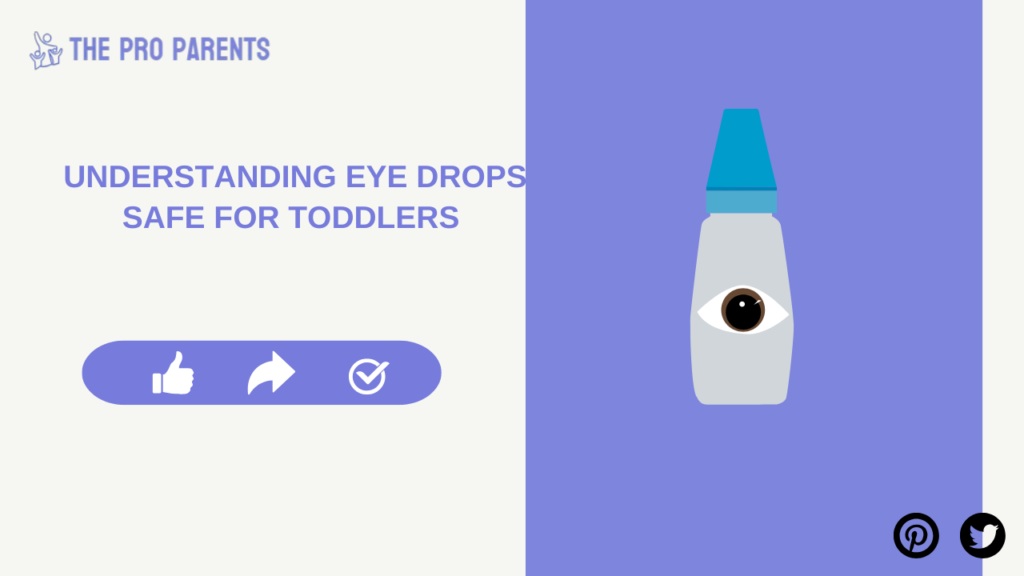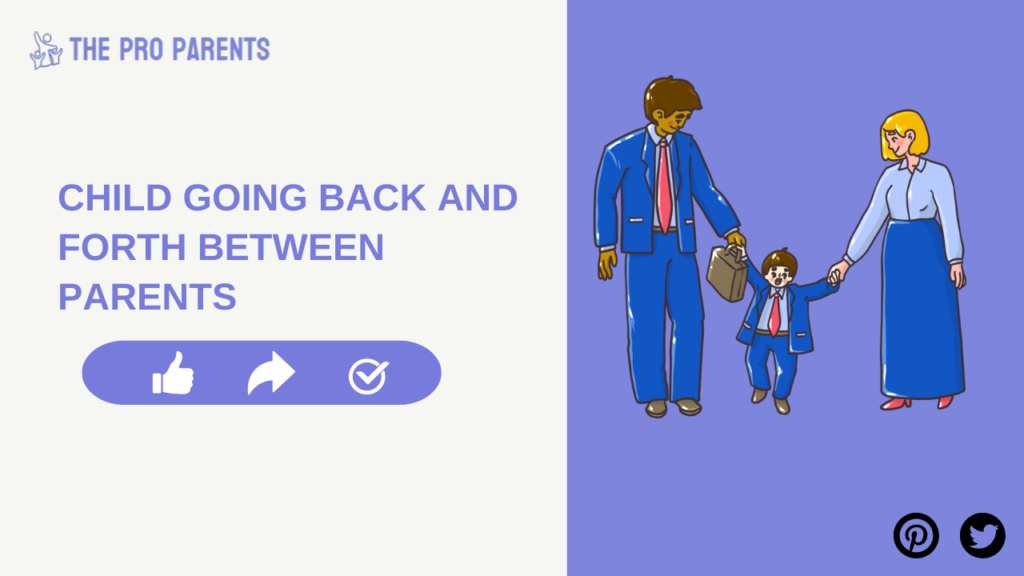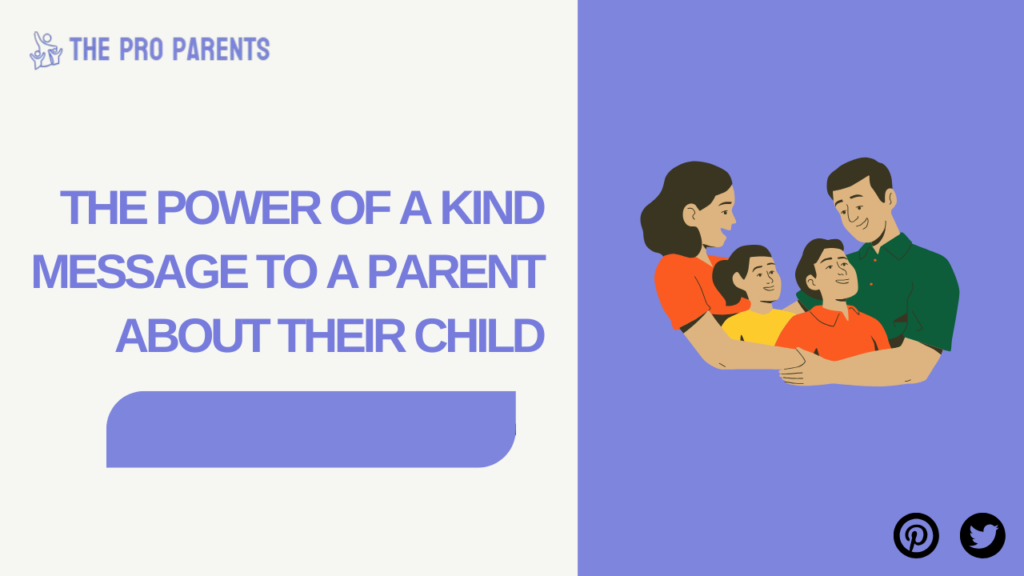When it comes to toddler health, every parent wants to make the safest and most informed choices — including treatments for their little one’s eyes. Whether it’s managing allergies, soothing dry eyes, or treating infections like conjunctivitis, eye drops can be incredibly helpful but also raise many concerns.
Table of Contents
If you’re wondering, “Can toddlers use eye drops safely?”, or are seeking guidance on which options are effective, you’re not alone. This guide will cover the safety of eye drops for toddlers, when and how to use them, and even natural alternatives. By the end, you’ll have all the tools to make confident and informed decisions for your child’s eyes.
Before we proceed, check out our related article about Why Do Kids Have Silver Teeth?. It explores another common health concern for kids and helps parents stay informed.
Are Eye Drops Safe for Toddlers?
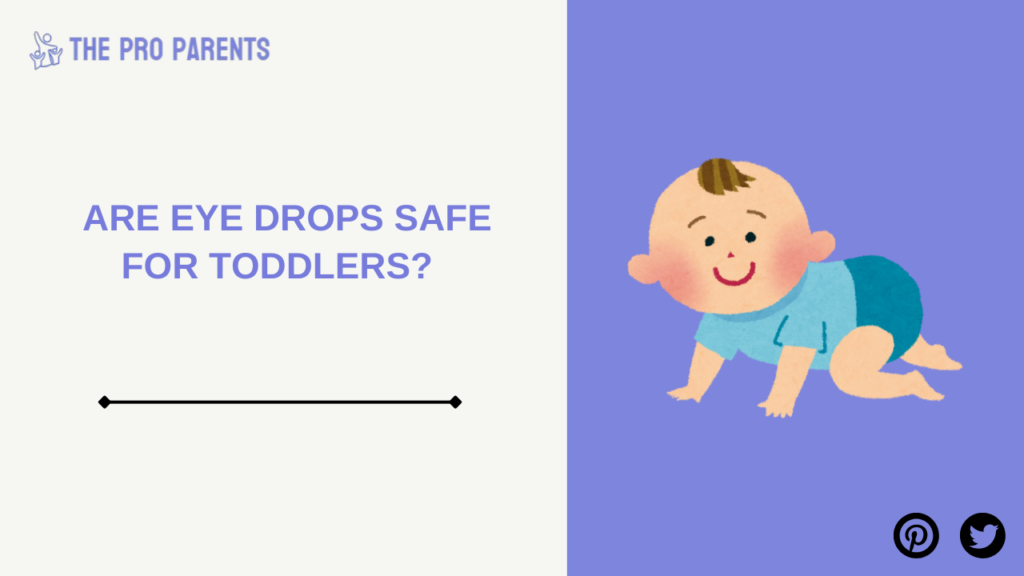
Ensuring the safety of eye drops for toddlers is important for any parent. The truth is, many eye drops are safe for toddlers, but the key lies in selecting the right ones and knowing when to involve a pediatrician.
What Makes Eye Drops Safe for Toddlers?
Eye drops formulated specifically for young children or labeled as “safe for all ages” are critical. These options typically avoid harsh chemicals, artificial preservatives, or overly strong solutions that could irritate sensitive little eyes. Saline-based drops are among the safest and are often pediatricians’ first recommendation.
Different Types of Eye Drops for Toddlers
- Saline Drops: Ideal for dry eyes or flushing out debris.
- Allergy Relief Drops: Safe ones can help alleviate itching and redness caused by allergies, but always check with your pediatrician.
- Antibacterial Drops: Often prescribed for bacterial conjunctivitis and require a doctor’s recommendation.
- Moisturizing Drops (Artificial Tears): Suitable for dry eye symptoms, but ensure they’re toddler-friendly.
Important Considerations
- Always read the product label for age recommendations.
- Avoid using over-the-counter medicated drops not labeled for toddlers—some contain decongestants that can be harmful.
- Watch for side effects like redness, irritation, or changes in vision.
Consult your pediatrician if your toddler has persistent symptoms or if you’re unsure whether a specific eye drop is safe.
For additional peace of mind, check out our article on Is It My Fault My Kid Has Cavities? for similar guidance in understanding and addressing common parenting concerns.
Best Eye Drops for Toddlers: What You Should Know
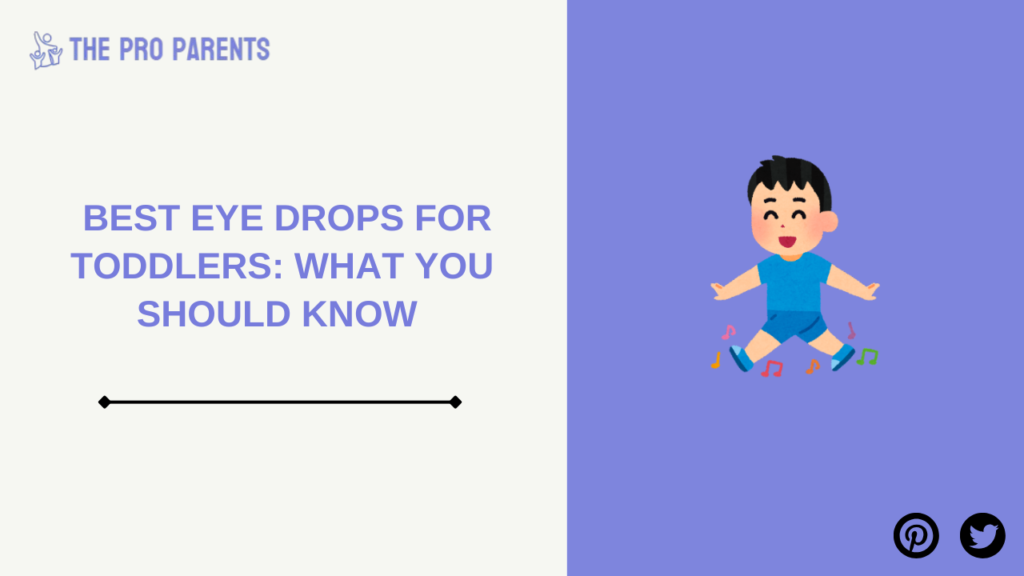
Wondering which products are safe and effective? Here’s a list of toddler-friendly eye drops, along with tips for choosing the best ones for your child.
Top Recommended Eye Drops for Toddlers
- Little Eyes Saline Solution
- Gentle and specially designed for kids. Perfect for washing out debris or soothing irritation caused by dryness.
- Similasan Kids Allergy Eye Relief
- A natural, preservative-free option for alleviating eye allergies like redness and itchiness.
- Refresh Tears (Sensitive Formula)
- Ideal for moisturizing dry eyes and preventing irritation from environmental factors like wind or excessive screen exposure.
- Bausch + Lomb Preservative-Free Saline Drops
- Safe for daily cleansing and soothing tired or strained eyes.
Tips for Choosing the Right Product
- Consult your pediatrician before trying anything new.
- Look for hypoallergenic, preservative-free formulas designed for toddlers.
- Avoid products with decongestants or ingredients like tetrahydrozoline, which are unsafe for kids.
Remember that the best eye drops are chosen based on your child’s specific symptoms and needs.
Types of Eye Problems That Require Eye Drops for Toddlers
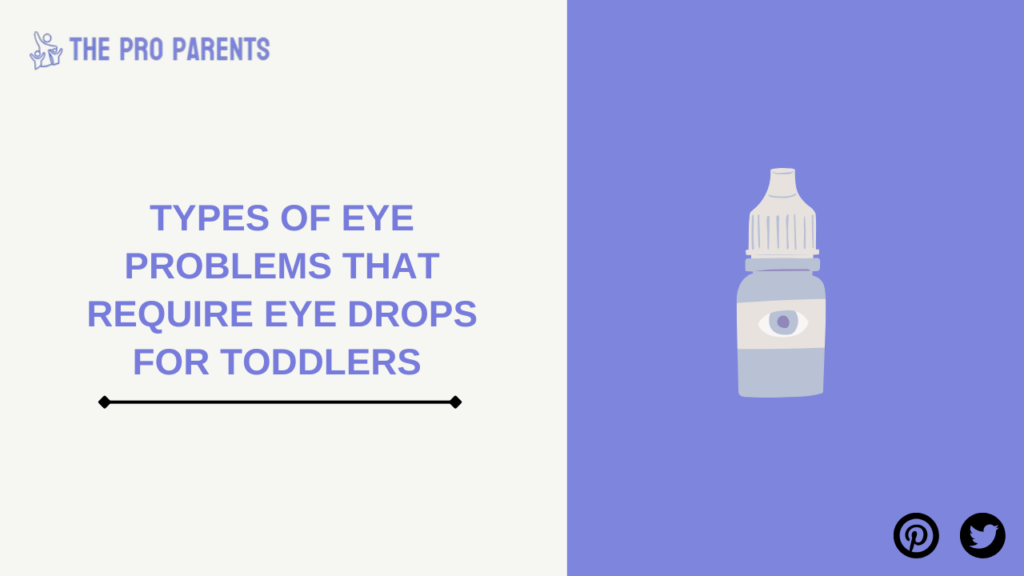
Different eye concerns call for different treatments. Here are common toddler eye issues and when to use eye drops.
Common Conditions Requiring Eye Drops
- Allergies
- Symptoms: Itchy, watery, and red eyes, especially during pollen-heavy seasons.
- Treatment: Allergy relief drops formulated for toddlers, such as Similasan.
- Dry Eyes
- Symptoms: Irritation or discomfort that gets worse in dry conditions.
- Treatment: Saline or artificial tear drops like Refresh Tears.
- Conjunctivitis (Pink Eye)
- Symptoms: Redness, swelling, discharge, or stickiness around the eyes.
- Treatment: Antibacterial drops if caused by bacteria (requires prescription).
- Blocked Tear Ducts
- Symptoms: Persistent tearing or discharge in one or both eyes.
- Treatment: Often managed with saline drops and gentle massage around the tear duct.
When deciding whether toddlers can use eye drops for specific conditions, always consider the severity and consult your pediatrician for personalized advice.
Don’t forget to check out how eye health connects with your child’s overall wellness at Why Do Kids Have Silver Teeth?.
How to Safely Administer Eye Drops to Toddlers
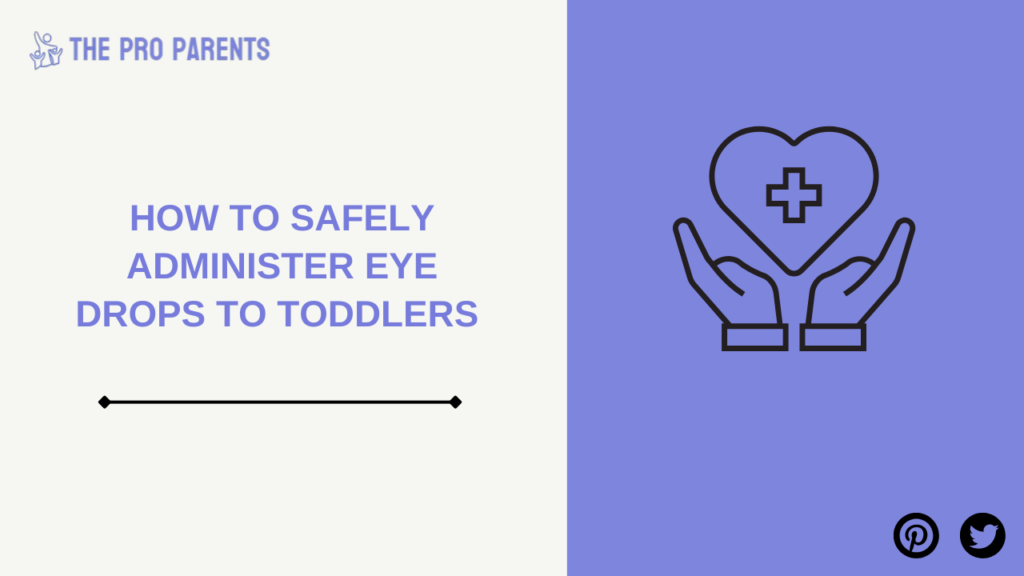
Getting toddlers to sit still for eye drops can be, well, tricky at best. Here’s a step-by-step guide to help make it easier and less stressful for both you and your toddler.
1. Wash Your Hands
Start by washing your hands with soap and water to avoid introducing bacteria. Clean hands are essential for keeping your toddler safe from eye infections. Make sure to dry your hands thoroughly with a clean towel before touching anything near your toddler’s eyes.
2. Position Your Toddler
Lay your toddler on their back in a well-lit area to make the process easier. If your child is older, try having them sit in your lap. You can also support their head with a soft towel for added comfort. Ensure your toddler feels secure and relaxed.
3. Explain the Process
Calmly explain the process in a cheerful tone to reduce anxiety. Use positive language like, “We’re giving your eyes a little drink of water to help them feel better!” This reassures your toddler and helps them feel more comfortable during the treatment.
4. Use a Distraction
Distract your toddler with a favorite toy or song. You could also ask them to look at a picture or engage them in a fun activity. Keeping them entertained will help ease their anxiety and keep them still while you administer the drops.
5. Apply the Drops
Gently pull down your toddler’s lower eyelid and place the dropper near the tear duct, not directly in the eye. Squeeze one drop into the eye. Avoid applying it too forcefully. This helps minimize discomfort and ensures the drop is placed correctly.
6. Encourage Blinking
Encourage your toddler to blink a few times. This spreads the drops evenly across the eye, ensuring the treatment works. You can say, “Let’s blink a few times to make it feel better!” This helps your child adjust to the sensation of the drops.
7. Comfort and Praise
Once the drops are applied, praise your toddler for being brave. Reassure them with words like, “Great job!” and offer a comforting hug. Positive reinforcement builds trust, making future treatments easier. Consider rewarding them with a small treat or extra playtime.
Need help with other toddler care tasks? Visit Why Do Kids Have Silver Teeth? for expert tips that make parenting easier.
Natural Remedies and Alternatives to Eye Drops for Toddlers
If you’re looking for gentler, non-pharmaceutical ways to soothe your child’s eyes, there are several effective options to consider. These methods can help provide relief while being safe and easy to use at home.
Safe and Natural Alternatives
Warm Compress
Helps soothe swollen or irritated eyes. Simply use a soft cloth soaked in warm (not hot) water.
Cool Compress
Reduces redness and puffiness, providing relief particularly after exposure to allergens such as pollen, dust, or pet dander. It works to soothe irritated skin and restore a calmer, more balanced appearance.
Humidifier
Keeps the air moist, helping to relieve dry eyes and discomfort caused by low humidity in the environment. This can be especially beneficial in air-conditioned rooms, during winter months, or in areas with naturally dry climates.
Sterile Eye Wash
A natural saline solution is a gentle and effective way to flush out irritants from your eyes or nasal passages. By mimicking the body’s own fluids, it cleanses safely without causing irritation or discomfort.
These remedies are best for mild cases and should not replace professional treatments for conditions like infections.
When Should You Consult a Pediatrician About Eye Drops for Toddlers?
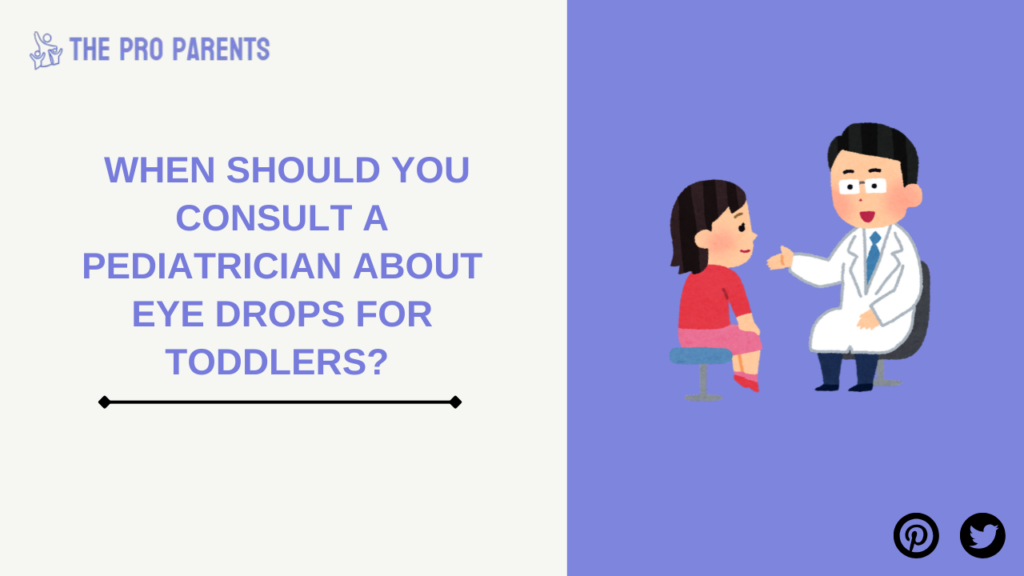
While many eye issues, such as minor irritation or dryness, can be treated at home with over-the-counter remedies or rest, certain signs, like persistent pain, sudden vision changes, or redness that doesn’t improve, warrant professional evaluation to ensure there’s no underlying serious condition.
When to See a Doctor
- Persistent redness or swelling that doesn’t improve.
- Discharge or crusting over the eyes.
- Sensitivity to light or issues with vision.
- Eye injuries or foreign objects in the eye.
Pediatricians can recommend treatments tailored to your toddler’s specific needs and ensure their safety.
The Importance of Choosing the Right Eye Drops for Toddlers
Proper eye care is essential, but so is feeling confident in the choices you make for your child. By understanding the safety, options, and best practices for administering eye drops, you’re setting the foundation for excellent eye health.
Remember, when in doubt, consult your pediatrician. And while eye drops might seem minor, using them correctly can make a big difference in your toddler’s comfort and recovery.
For similar tips and insights, explore Famous Parenting: Chelsea Acton to discover more trusted parenting advice.
FAQ
Can toddlers use eye drops safely?
Yes, many eye drops are safe for toddlers, especially saline and pediatric-approved options.
What are the best eye drops for toddlers?
Saline drops, allergy relief drops, and preservative-free artificial tears are good choices.
3. When should I use eye drops for my toddler?
Use eye drops for dry eyes, allergies, or infections like conjunctivitis, after consulting a pediatrician.
4. How do I apply eye drops to my toddler?
Lay them down, pull the lower eyelid, and drop the solution near the tear duct. Encourage blinking.
Are natural remedies safe for toddlers’ eyes?
Yes, warm or cool compresses, and using a humidifier can be effective and safe alternatives.
